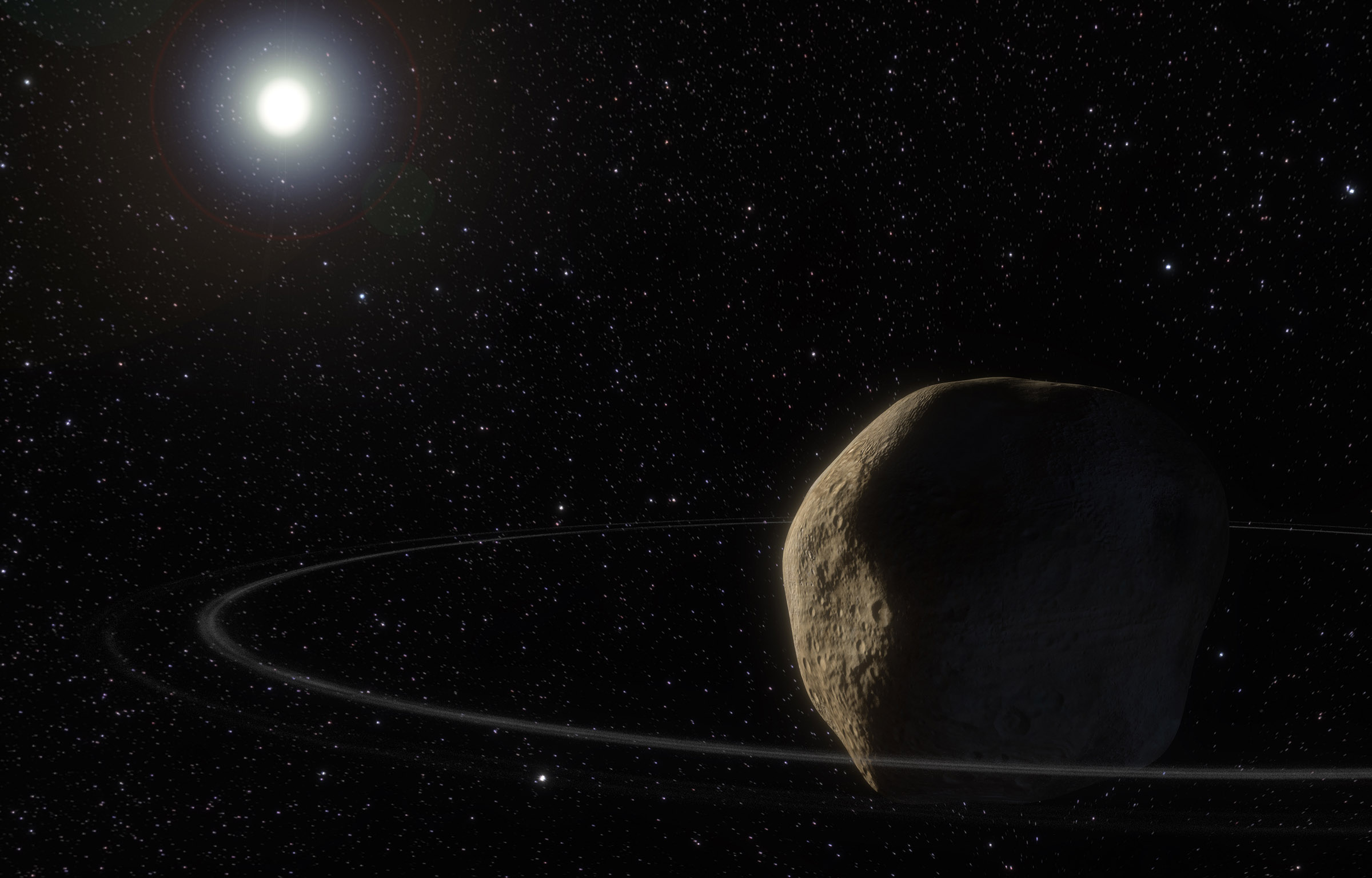A small planet orbiting the sun beyond Neptune has scientists baffled. The planet, known as Quaoar, is one of 3,000 small planets found that far out, and scientists believe it may actually be a ringed planet, despite evidence that a ring shouldn’t be possible at that distance.
What’s really confusing about the ring surrounding this planet is that it is located so far out from the planet itself. Based on our conventional models, all of the material that currently makes up the ring surrounding the planet Quaoar should have coalesced and formed a moon. But it didn’t.
It’s this last bit that has scientists scratching their heads in efforts to figure things out. This, of course, isn’t the first ringed planet we’ve seen, as planets in our main solar system have rings. But the fact that the material within this ring hasn’t followed our known evolutionary models is baffling.

Early observations and studies of the planet are already shedding some light on that, though. According to those results, the frigid temperatures on the ringed planet may be preventing the icy particles in the ring from sticking together. However, the European Space Agency says it needs to investigate more.
Beyond changing our initial observations of Quaoar, this discovery changes how we think about where rings can form around planets. As it stands now, scientists long believed that material orbiting a planet beyond a certain point would form a moon.
Then, if that moon moved too close to the planet, a line known as the “Roche limit,” it would be ripped apart by the planet’s tidal forces. However, based on these findings, the overall notion that rings only survive inside the Roche limit will need to be revised completely, astronomers explained.
Further, we’ll need to learn more about what exactly is keeping the ring around this planet from forming into a moon. That could also help us determine more about future planets we observe and explore using observatories like the James Webb space telescope.
The ESA plans to continue monitoring Quaoar, to see if it can learn more about the newly discovered ring surrounding the planet, as well as what is causing it to defy everything we thought we knew about the Roche limit.
Much like many of our discoveries surrounding the mysteries of the early universe, this one fundamentally changes how we view the universe.








